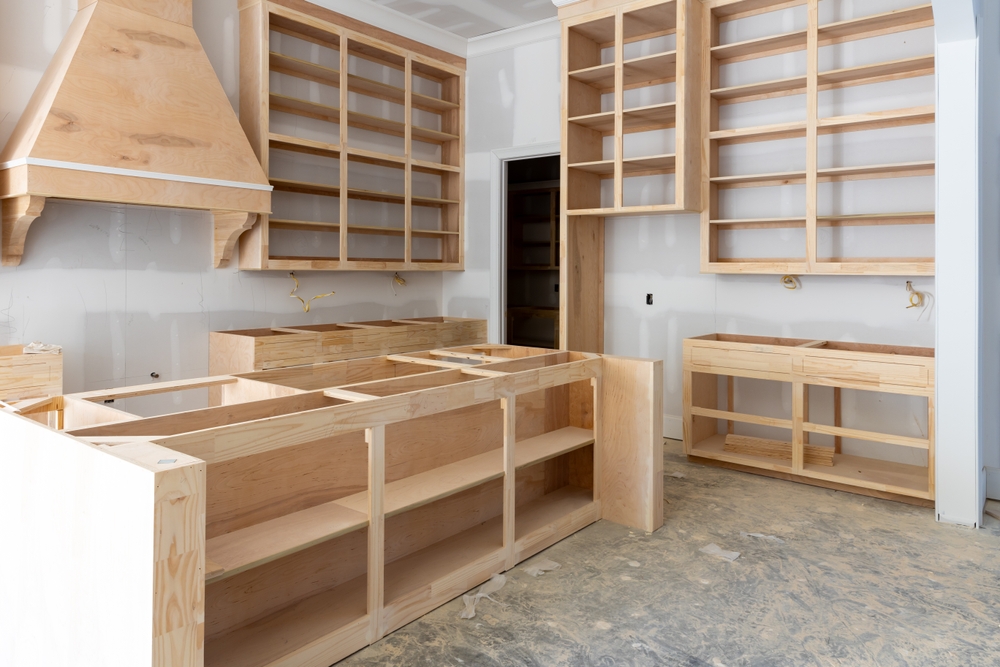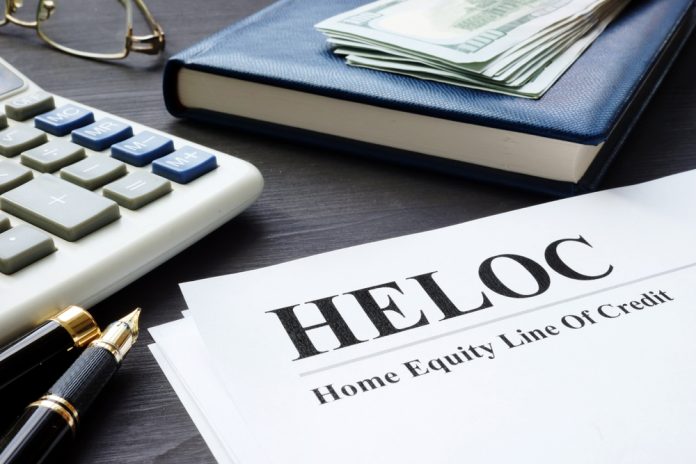Thinking about tapping the value you’ve built in your home but not sure where to start? A HELOC is one of the most flexible ways homeowners access cash, and it’s more common than you might think.
Before you sign anything, it helps to understand the mechanics, the timeline, and the real-world trade-offs. I’ll walk you through practical examples, share a few things I’ve seen clients do right (and wrong), and answer the questions people ask most about HELOCs so you can decide whether it fits your plan.
This article breaks down how a HELOC works, what it costs, and the scenarios where it can be a smart move—or a risky one.
How a HELOC Works
A HELOC, short for Home Equity Line of Credit, is a revolving credit account that uses your home as collateral. Lenders determine the maximum line by subtracting your mortgage balance from a percentage of your home’s value. So if your house is worth $800,000 and your mortgage balance is $650,000, a lender might let you borrow a portion of the $150,000 equity.
During the draw period, which often lasts five to ten years, you can borrow, repay, and borrow again up to your credit limit. You typically pay interest only on the amount you borrow, not the entire credit line. After the draw period ends, you enter the repayment phase and start paying back principal and interest—sometimes in larger monthly payments than during the draw period.
Most HELOCs have variable interest rates, which means your monthly interest can rise or fall with market rates. Some lenders offer fixed-rate options on portions of the balance, but pure fixed-rate HELOCs are less common. Because your home secures the loan, failing to repay can result in foreclosure, so it’s essential to treat a HELOC like a serious financial commitment.
Common Uses for a HELOC
People use a HELOC for a variety of reasons. Home renovation is one of the most frequent uses—updating a kitchen or finishing a basement can increase your home’s value, and a HELOC gives you funds when you need them without reborrowing a fixed sum. I’ve seen homeowners draw on a HELOC across several projects, paying interest only on what they used each month while the work was underway.
Other common uses include paying for education, covering emergency expenses, or consolidating higher-interest debt. Using a HELOC to pay off credit cards can save interest if the HELOC rate is significantly lower, but it also converts unsecured consumer debt into secured home debt—something to consider carefully.
Some investors use a HELOC to buy an investment property or bridge a short-term cash flow gap. That can work, but it raises the stakes because the HELOC payments remain tied to your home even if the investment doesn’t perform as expected. When I advise clients, I always stress matching the loan product to the plan—short-term needs can fit a HELOC; long-term financing often needs a different solution.
Keep Reading: How Much House Can I Afford? DTI Ratio Unveiled
Pros and Cons of a HELOC

One of the biggest advantages of a HELOC is flexibility. You don’t have to borrow a lump sum up front; you draw only what you need. That can lead to lower interest costs compared to a fixed-rate second mortgage where you pay interest on the full amount from day one. For renovations and staged expenses, that flexibility is valuable.
On the downside, variable rates can increase your monthly payment unexpectedly, and the repayment phase can be a shock if you’ve been paying interest-only. The collateral aspect is also a major consideration: your home is on the line. When clients ask whether a HELOC is “cheap money,” I remind them that lower interest doesn’t eliminate risk.
Another practical drawback is that some HELOCs come with fees—appraisal, origination, or annual maintenance fees. Fees and rate structure vary by lender, so shopping around and reading the fine print makes a real difference. In my experience, the clients who read the terms and plan for rate variability sleep better at night.
How to Decide if a HELOC Is Right for You
Start by calculating your equity and your monthly cash flow needs. If you have a clear, time-bound project—like a two-year renovation plan or a temporary cash shortfall—a HELOC can be an efficient choice. If you’re thinking long term or worry about rate increases, consider alternatives like a fixed-rate home equity loan or refinancing your mortgage.
Talk to your lender and get illustrations for variable and fixed scenarios. Run the numbers for a worst-case interest rate to see whether payments remain manageable. I often encourage clients to think through the “what if” scenarios: what happens if rates rise 2% or if your income dips for a few months?
Finally, involve your Realtor or financial advisor. They can help you estimate whether the investment (remodel, investment purchase, etc.) is likely to increase property value or cash flow, and whether converting unsecured debt into home-secured debt is sensible for your personal situation.
Keep Reading: What Is a Mortgage Rate Lock and When Should You Do It?
Managing Your HELOC Responsibly

Set a clear repayment plan before you borrow. Treat the HELOC like a tool, not a credit cushion for recurring shortfalls. If you use a HELOC for a renovation, budget for both the project and the higher payments that could come when the repayment period starts. I’ve seen projects run over schedule and owners scramble—planning reduces that risk.
Keep records of expenses tied to the HELOC, especially if you plan to capitalize interest or need documentation for tax or resale purposes. Maintain an emergency fund so you’re not forced to depend on the HELOC when unexpected costs arise. And if rates rise, talk to your lender about refinancing options or converting part of the balance to a fixed rate.
Regular reviews of your HELOC terms and balances will help you avoid surprises. Checking in annually with your lender and financial advisor ensures the HELOC is still the right choice as market conditions and personal circumstances change.
Next Steps and Smart Questions to Ask
When you’re ready to explore a HELOC, ask lenders about the maximum loan-to-value they offer, the length of the draw and repayment periods, and whether there are prepayment penalties. Request a rate scenario showing payments at current and historically higher rates. Confirm all fees up front and ask whether the rate is indexed to a benchmark plus margin.
Ask yourself whether the funds will create value or simply cover routine expenses. Using a HELOC for projects that increase your home’s functionality or value usually makes more sense than using it to plug annual budget gaps. If you’re unsure, talk with your Realtor or a trusted financial advisor to run a realistic cost-benefit analysis.
If you’d like help comparing options, speak with your lender and your Realtor together. Their combined view on financing and value can reveal choices that fit both your cash-flow needs and your longer-term goals.
Frequently Asked Questions
What is the difference between a HELOC and a home equity loan?
A HELOC is a revolving line of credit with variable rates and a draw period, while a home equity loan provides a fixed lump sum with fixed payments. HELOCs are more flexible but can have variable payments.
How much equity do I need to get a HELOC?
Lenders commonly allow access to 75% to 85% of your home’s value minus your mortgage balance. Exact thresholds vary by lender and borrower profile.
Can I use a HELOC to buy an investment property?
Yes, many borrowers use a HELOC for down payments or short-term financing for investment purchases, but it increases the risk to your primary residence if the investment underperforms.
Are HELOC interest payments tax-deductible?
Interest deductibility depends on how you use the funds and current tax law. Consult a tax advisor to determine whether your HELOC interest qualifies for deduction.
What happens when the draw period ends on a HELOC?
When the draw period ends, you typically enter the repayment phase where you can no longer borrow and you must pay back principal and interest, often increasing monthly payments significantly.

